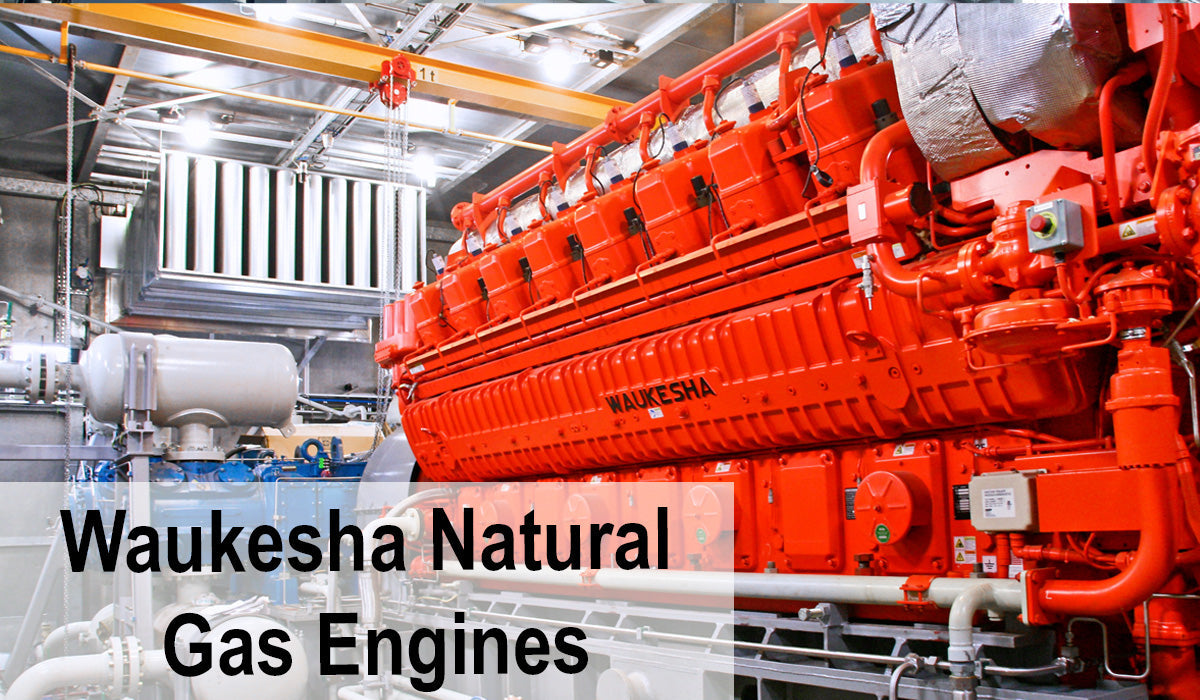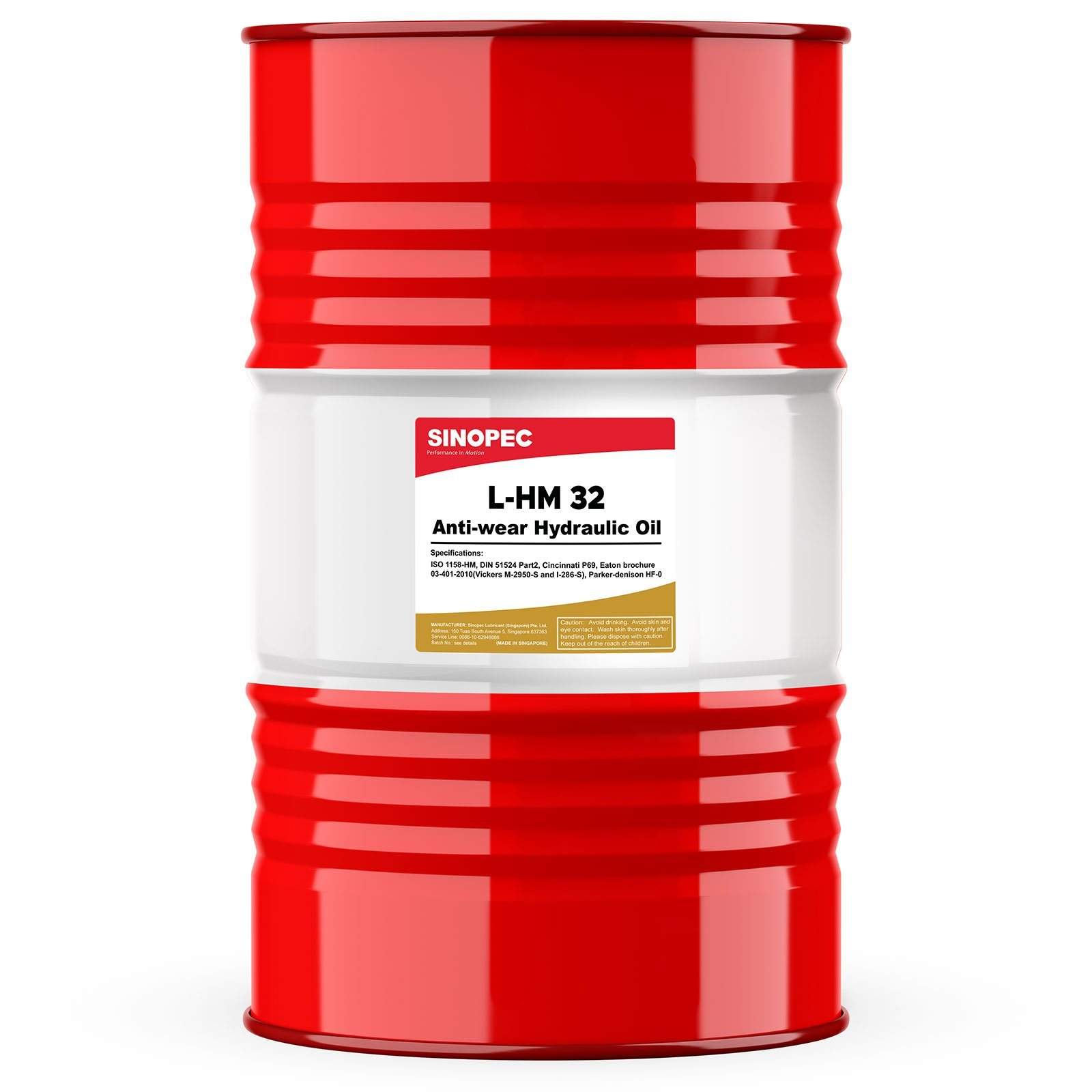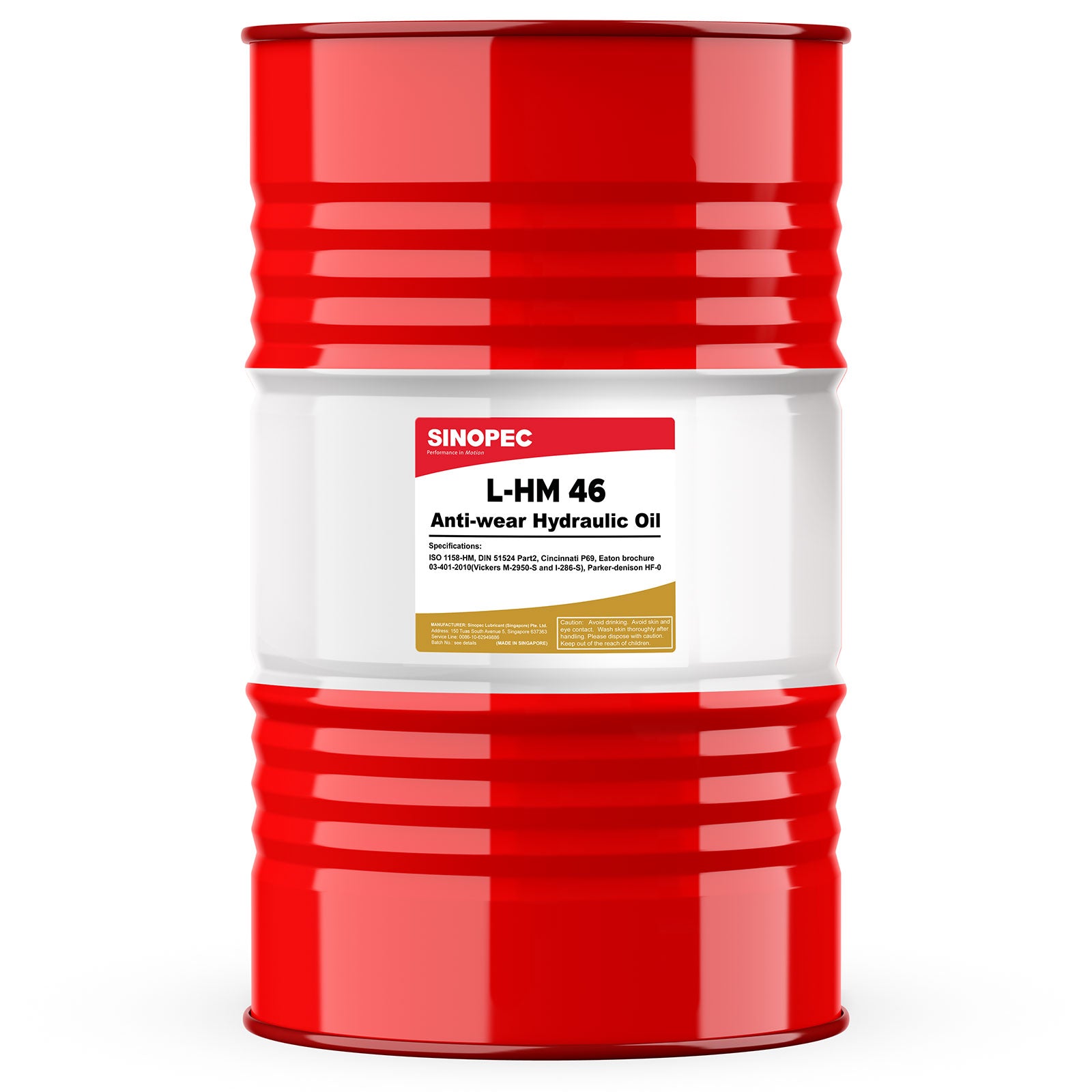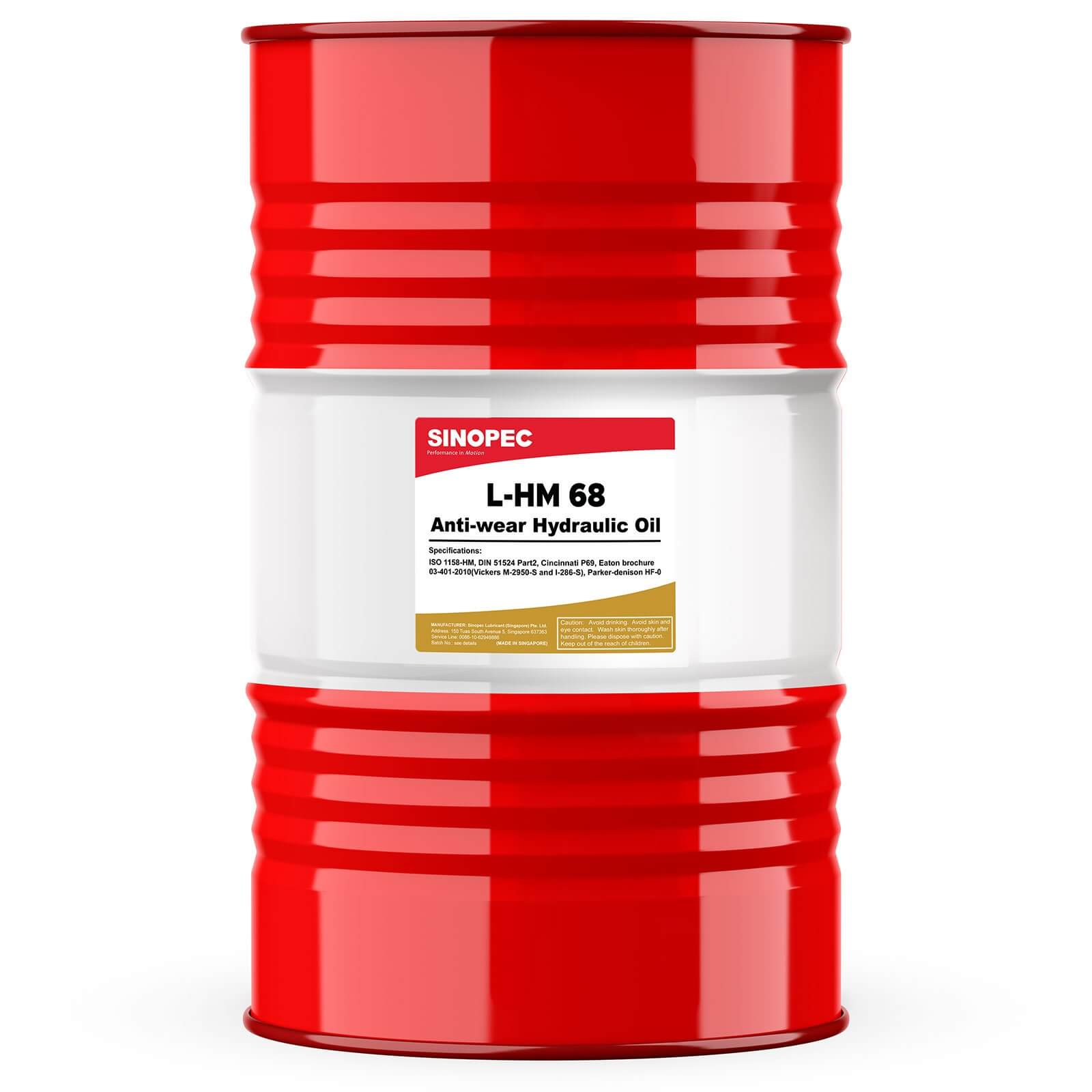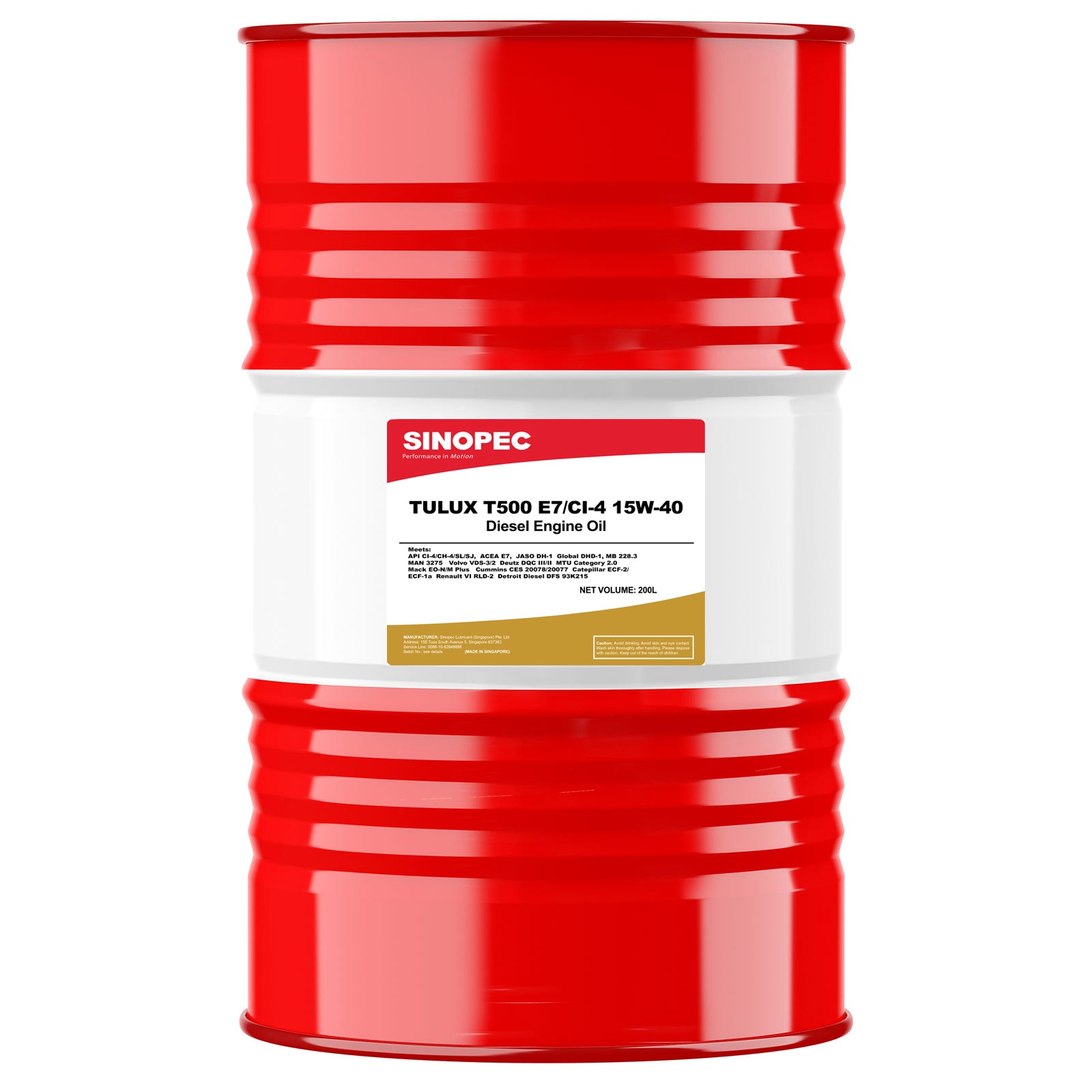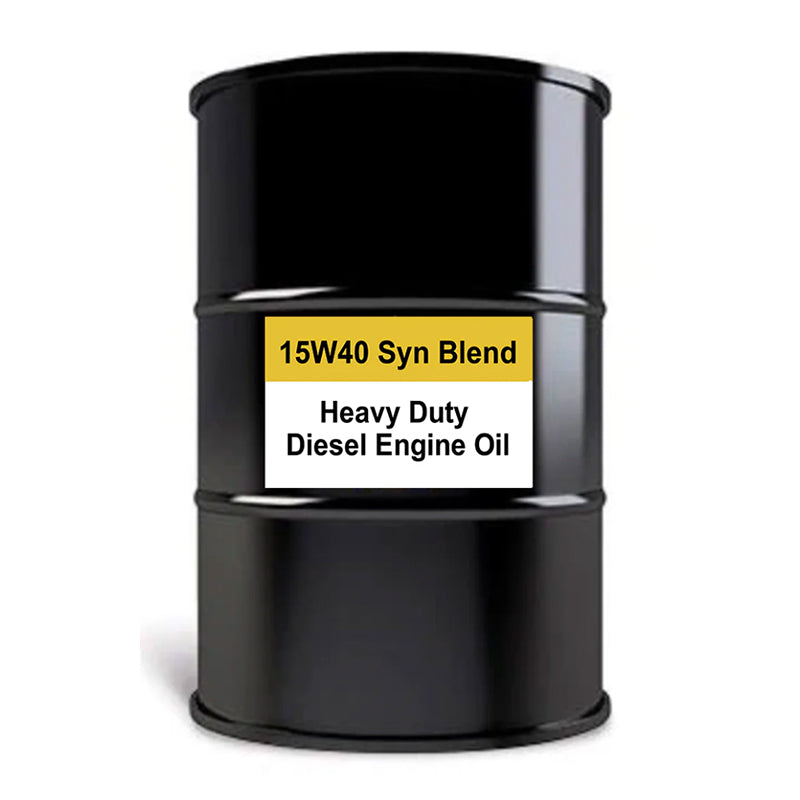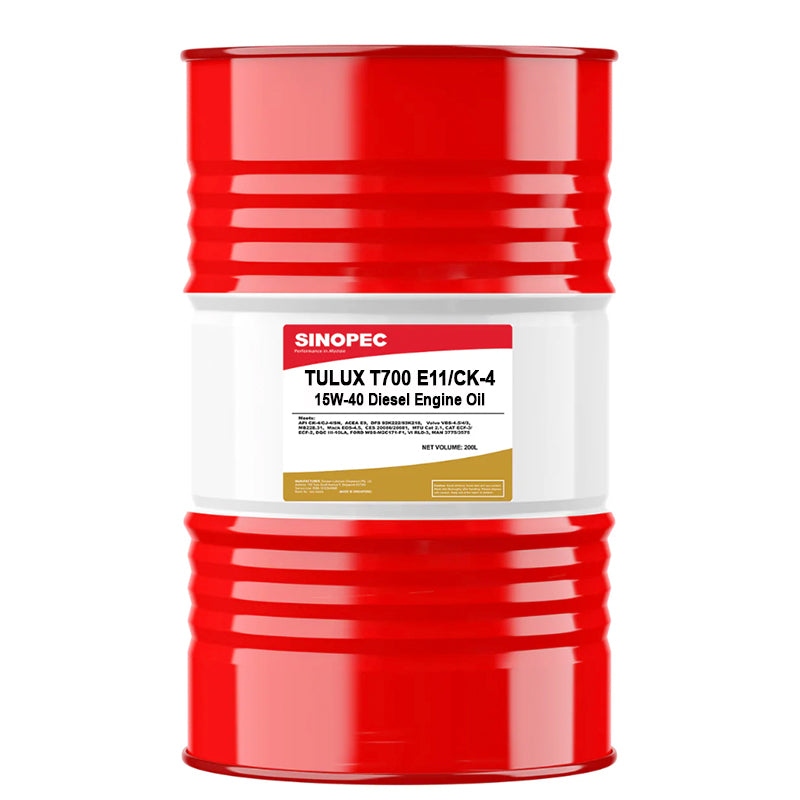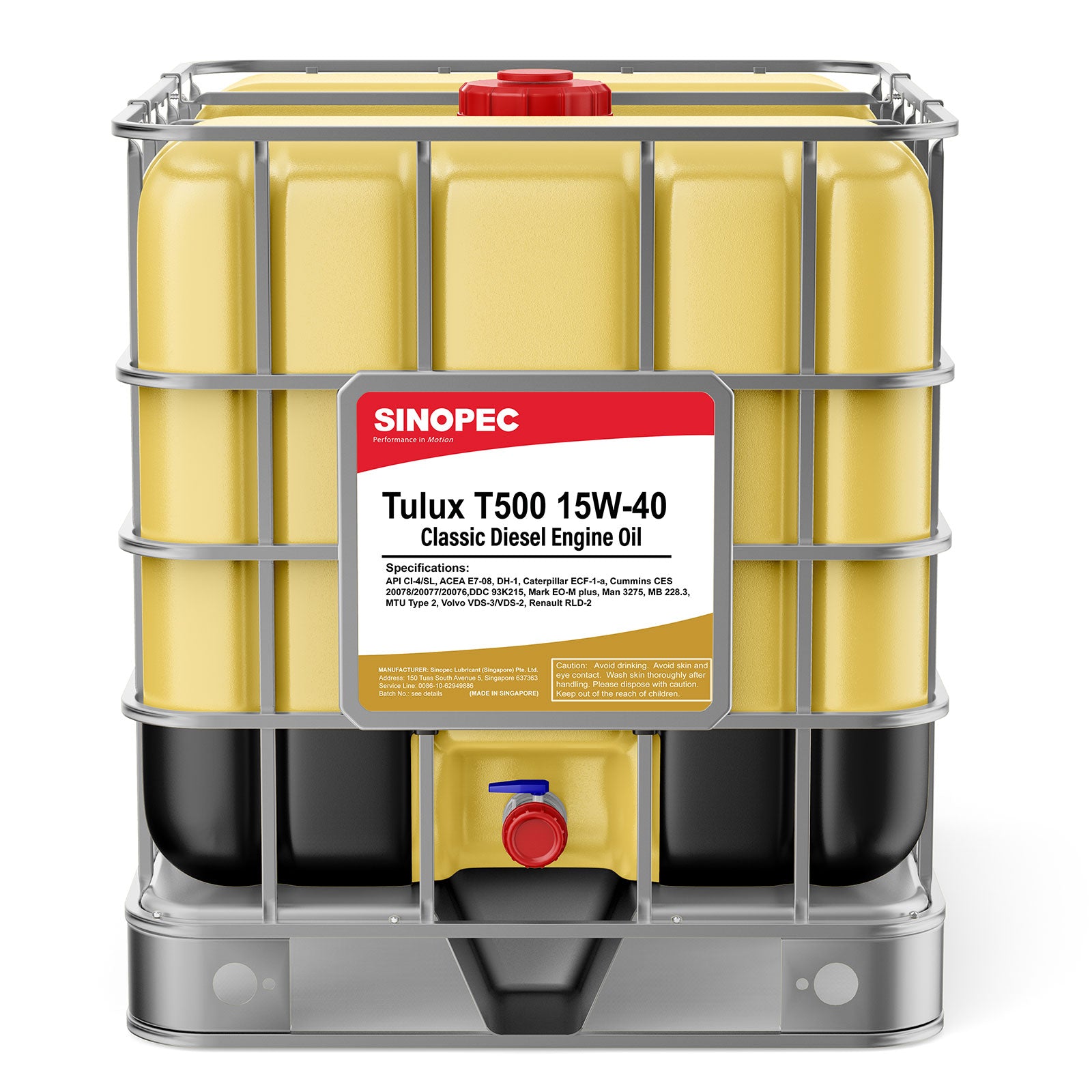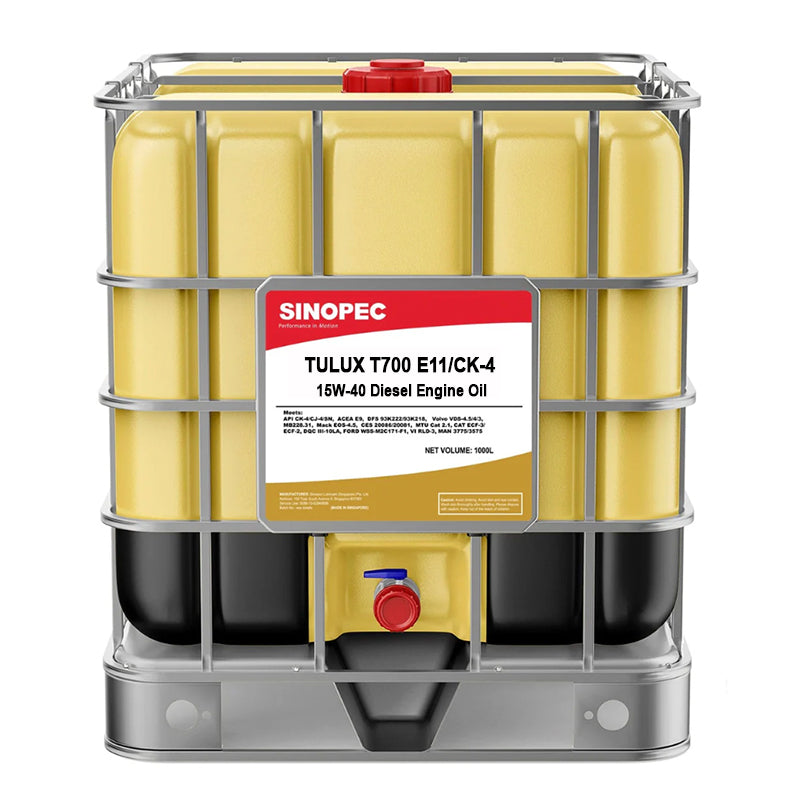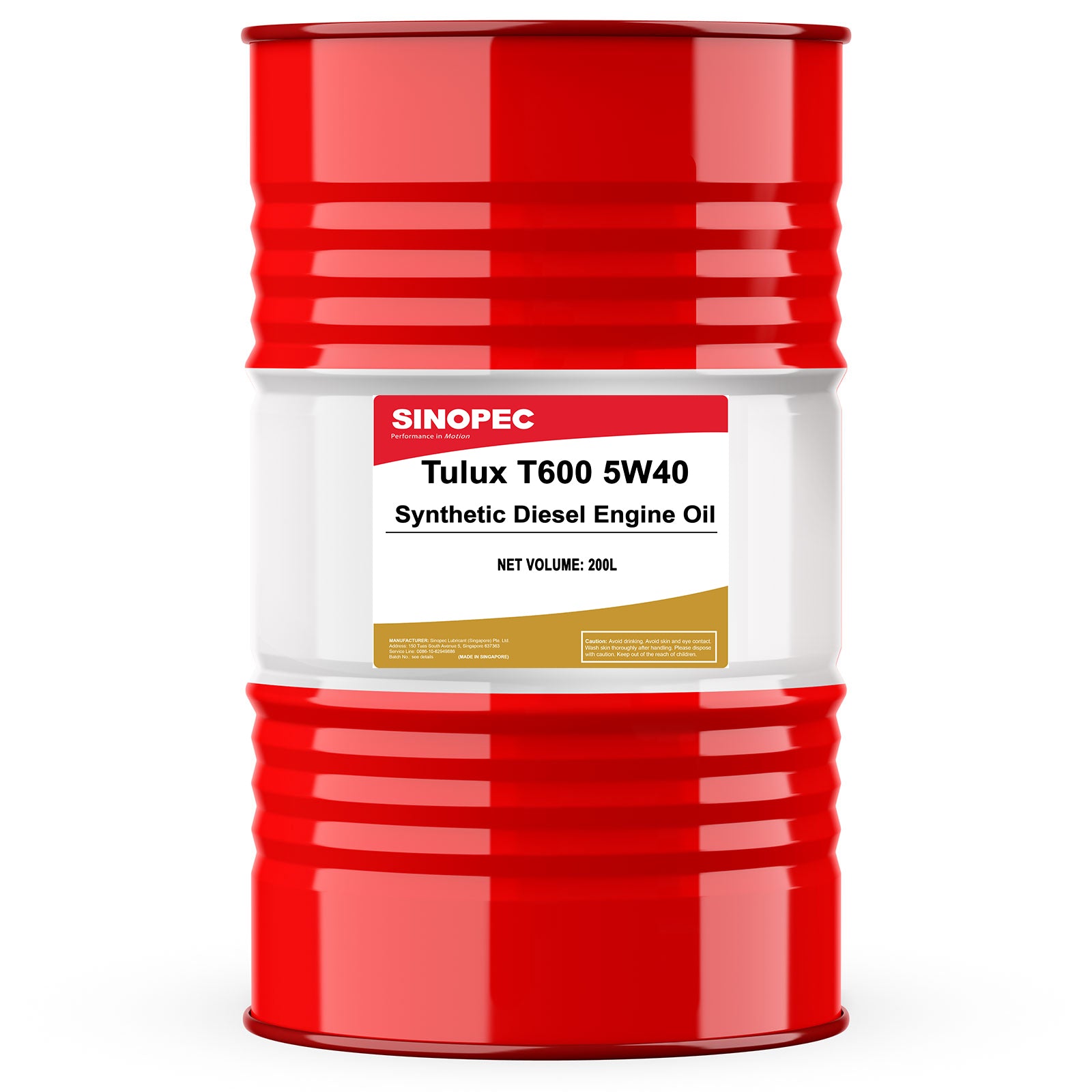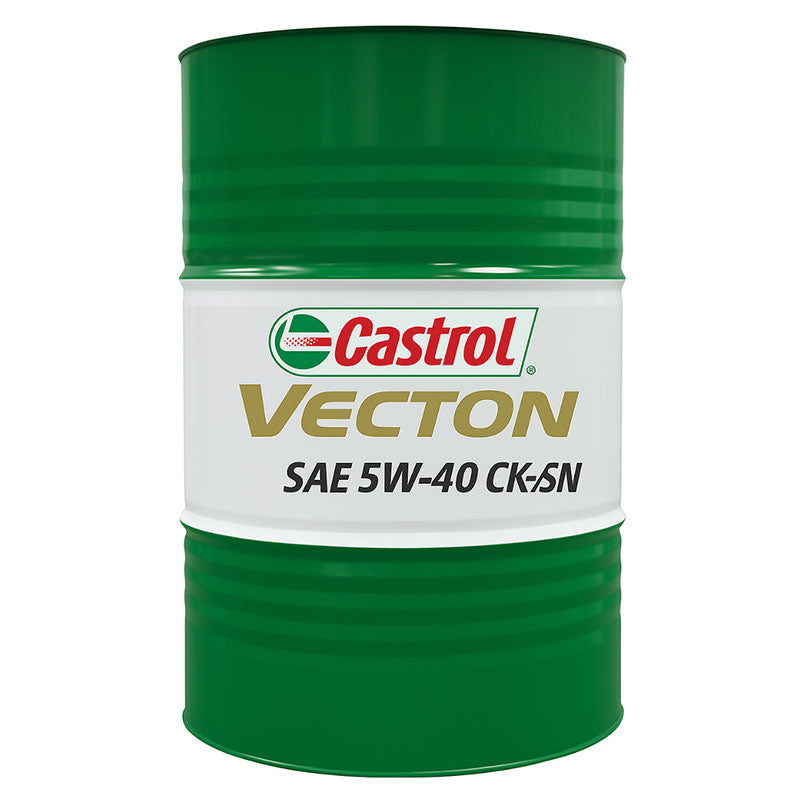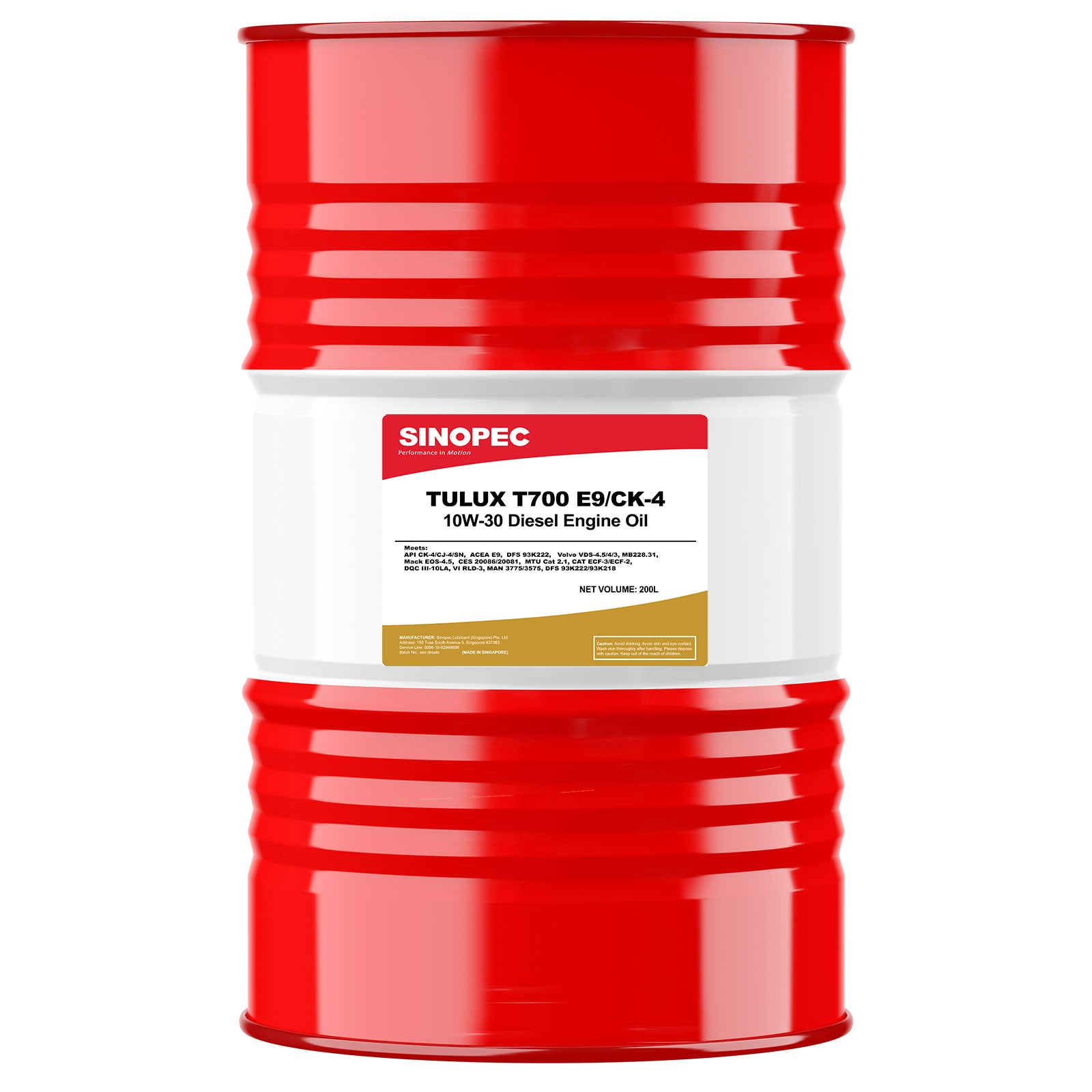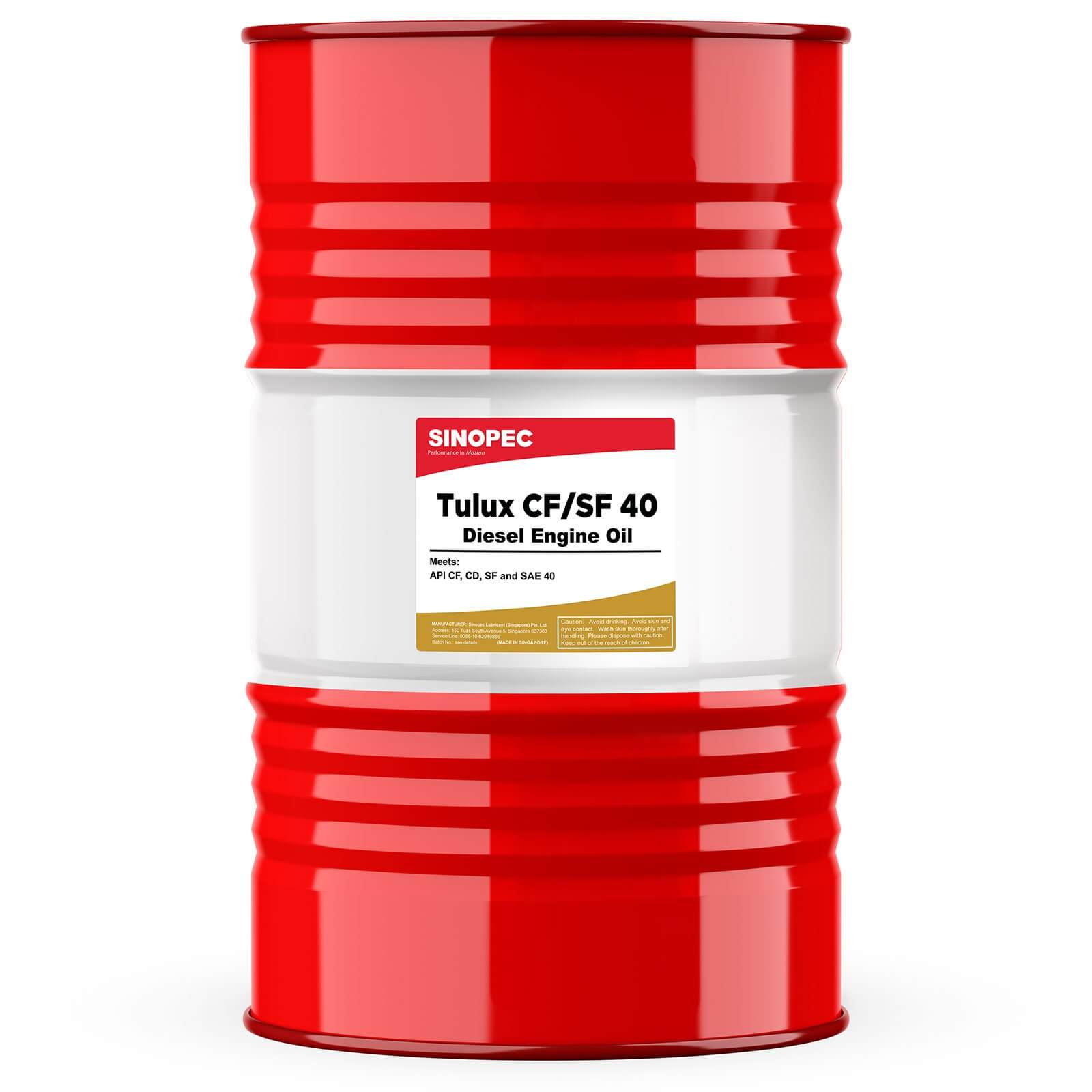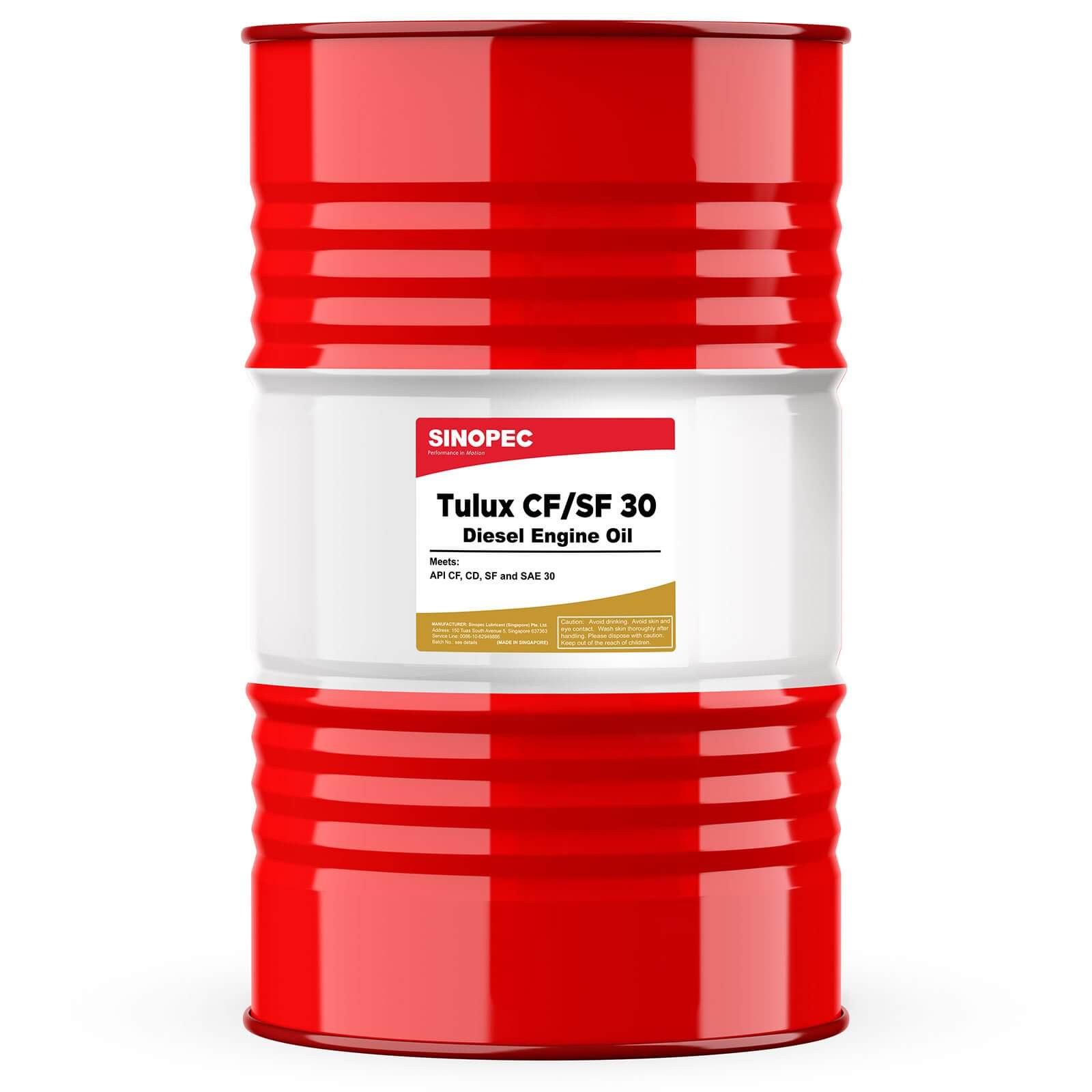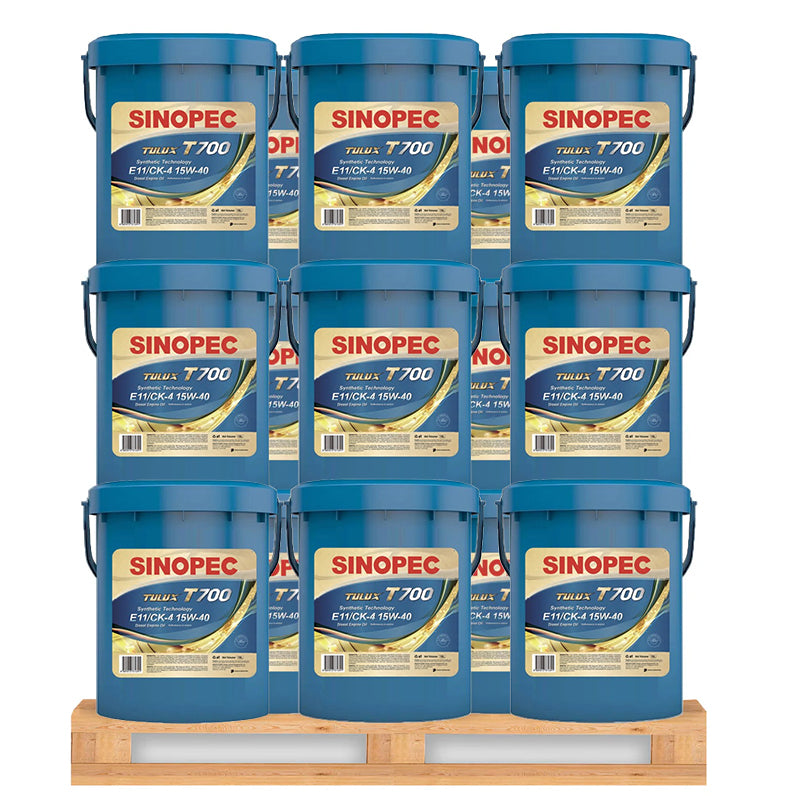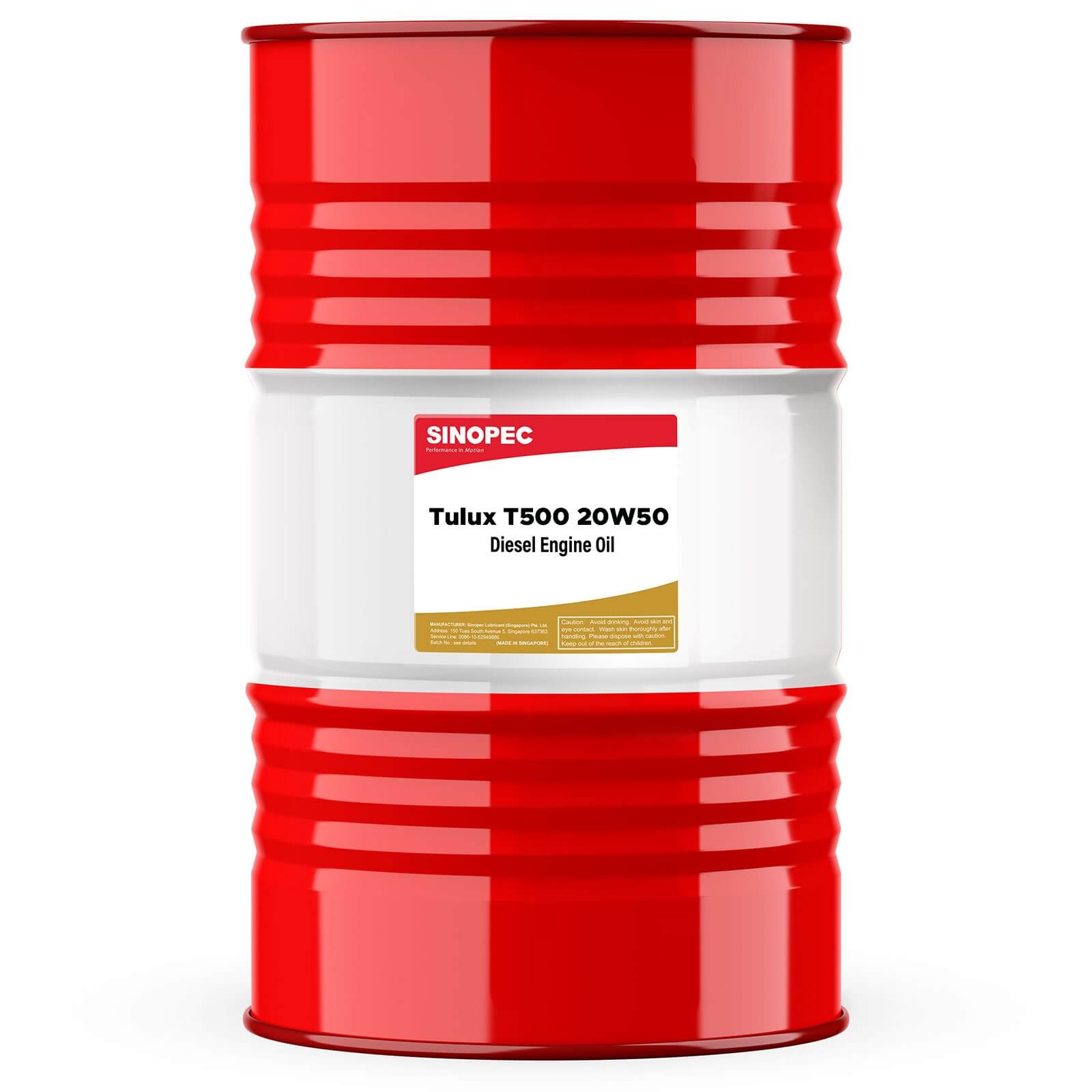Waukesha natural gas engines are known for their durability, efficiency, and performance in demanding industrial applications. To maintain these high standards, it's essential to understand the engine oil specifications that ensure optimal performance and longevity. This guide breaks down the key factors to consider when selecting engine oil for Waukesha engines.
1. Why Engine Oil Specifications Matter
Engine oil does more than just lubricate moving parts; it plays a critical role in cooling, cleaning, and protecting the engine. Using oil that meets the correct specifications helps prevent premature wear, reduces maintenance costs, and ensures compliance with emissions standards. For Waukesha engines, the right oil contributes to efficiency and reliability in both continuous and peak-load operations.
2. Key Oil Specifications for Waukesha Engines
a. Viscosity Grade (SAE 40)
Viscosity is the oil's resistance to flow. SAE 40 is commonly recommended for Waukesha natural gas engines due to its ability to maintain stability under high operating temperatures. This ensures consistent lubrication and protection, especially in heavy-duty applications.
b. Low Ash Content
Low ash oils reduce the buildup of deposits on engine components, which can affect performance and increase emissions. Waukesha engines benefit from oils with low ash content to maintain clean combustion chambers and reduce wear on valve seats and spark plugs.
c. Oxidation Stability
High oxidation stability ensures the oil can withstand prolonged exposure to high temperatures without breaking down. This property helps prevent sludge formation, extending the oil’s service life and maintaining engine cleanliness.
d. TBN (Total Base Number)
TBN measures the oil's ability to neutralize acidic byproducts of combustion. For Waukesha engines, an appropriate TBN level helps protect against corrosion and extends oil drain intervals, which reduces maintenance frequency.
3. Factors to Consider When Choosing Engine Oil
a. Operating Conditions
Consider the engine's load, temperature, and duty cycle. Engines running under heavy loads or in extreme environments require oils with superior thermal stability and wear protection.
b. Fuel Quality
The quality of the natural gas used can affect engine oil requirements. Engines burning gas with higher sulfur content may need oils with enhanced detergency and TBN to combat increased acidity.
c. Emissions Control Requirements
Modern Waukesha engines are equipped with advanced emissions control systems. Using oil that meets specific emission standards helps maintain compliance and protects these sensitive components from damage.
4. Benefits of Using the Right Engine Oil
-
Enhanced Engine Longevity: Reduces wear and tear, extending the life of critical components.
-
Improved Fuel Efficiency: Reduces friction and optimizes engine performance.
-
Lower Maintenance Costs: Extends oil change intervals and minimizes downtime.
-
Environmental Compliance: Supports cleaner emissions and reduces the environmental footprint.
5. Common Mistakes to Avoid
-
Using High-Ash Oils: Increases deposits and accelerates wear on engine parts.
-
Ignoring OEM Recommendations: Leads to suboptimal performance and potential warranty issues.
-
Overlooking Oil Analysis: Regular analysis helps detect potential issues early and optimize oil change intervals.
Understanding Waukesha engine oil specifications is crucial for maintaining peak performance and extending the life of your equipment. By choosing the right SAE 40 low ash oil with proper oxidation stability and TBN levels, you ensure your Waukesha engine operates efficiently and reliably. Ready to optimize your engine's performance? Explore our range of high-quality oils designed to meet these exacting standards and keep your operations running smoothly.

